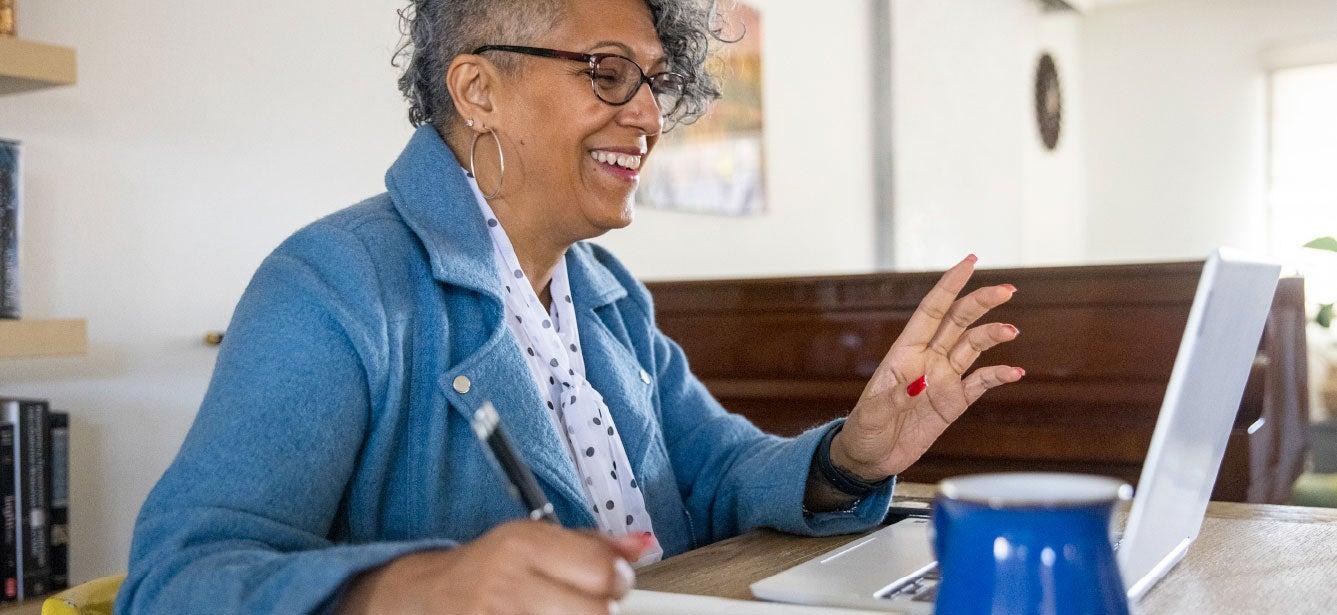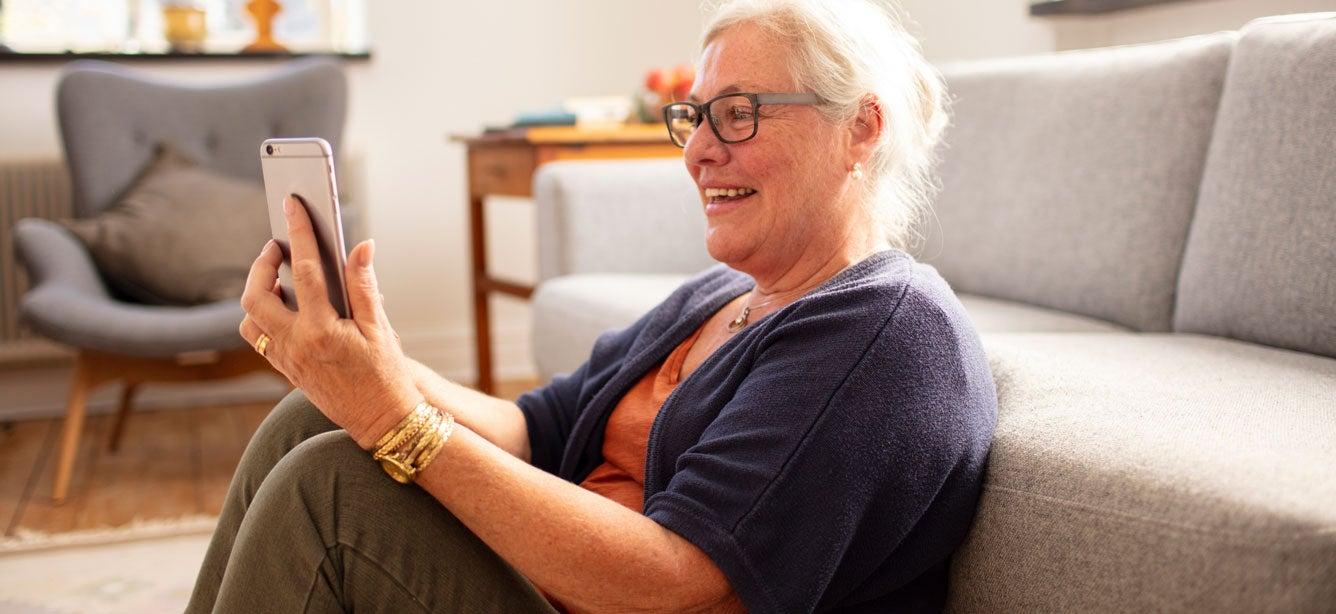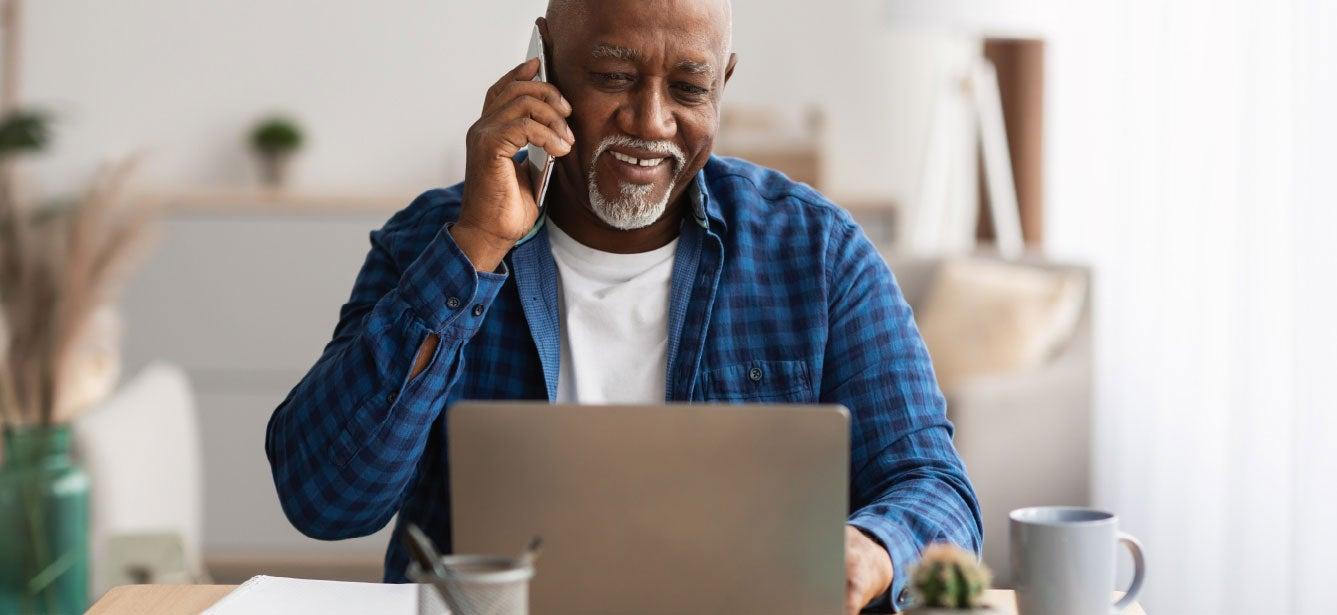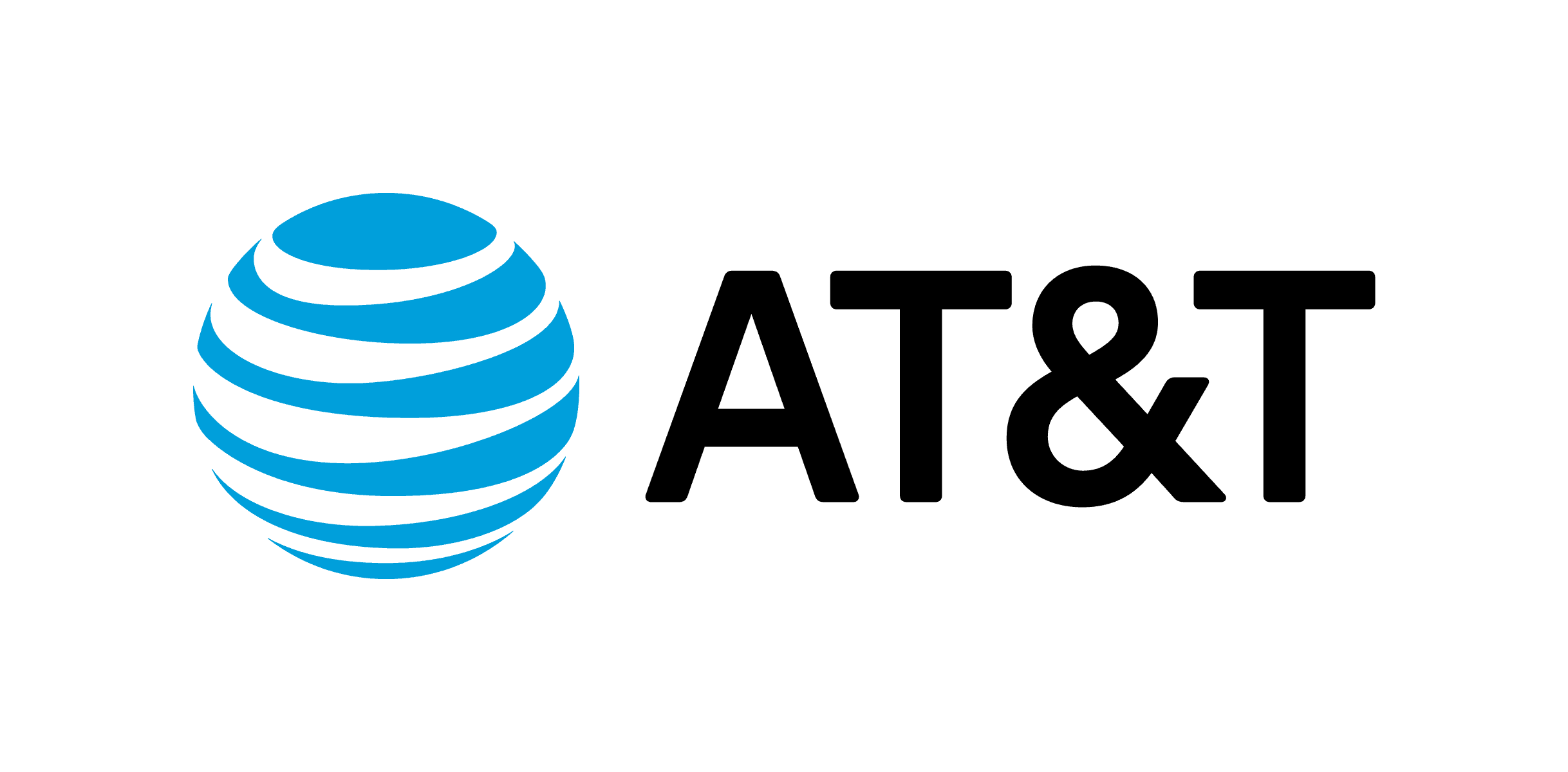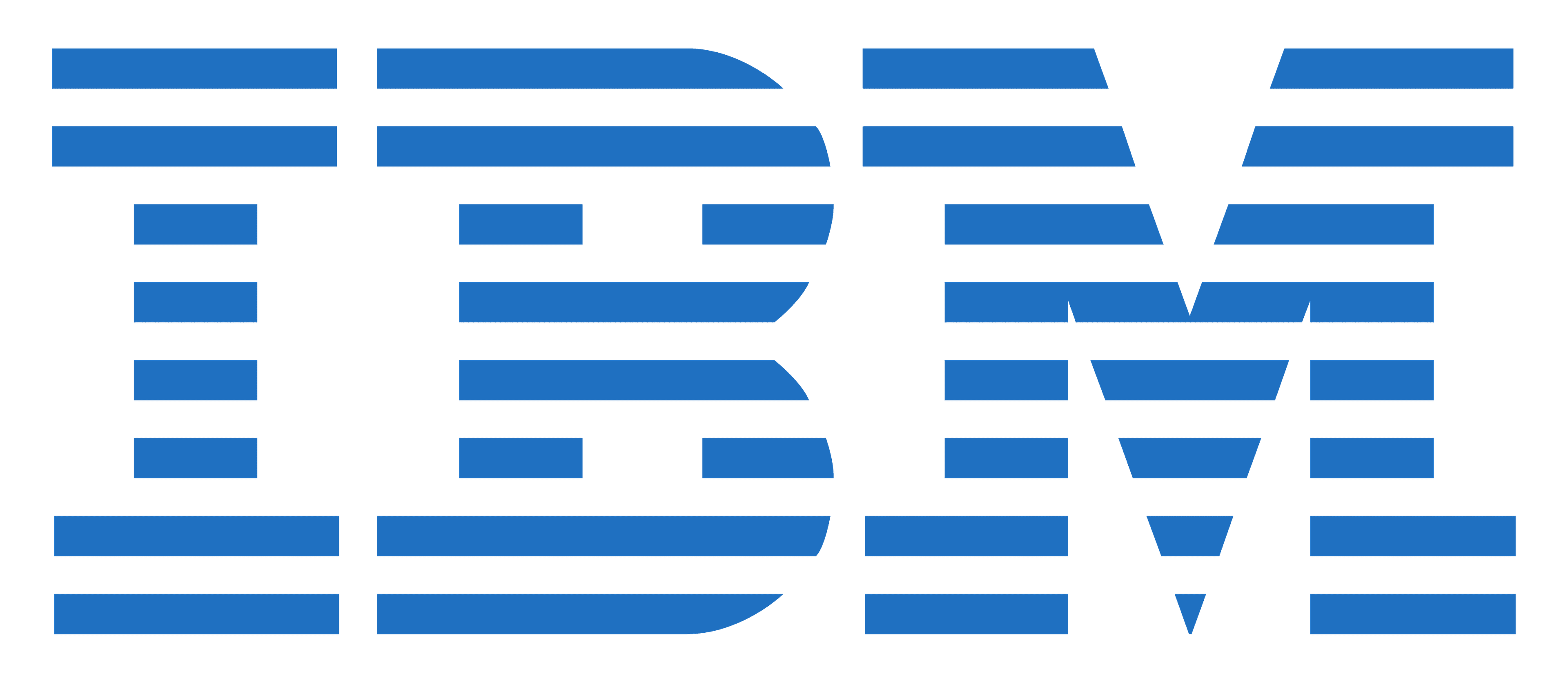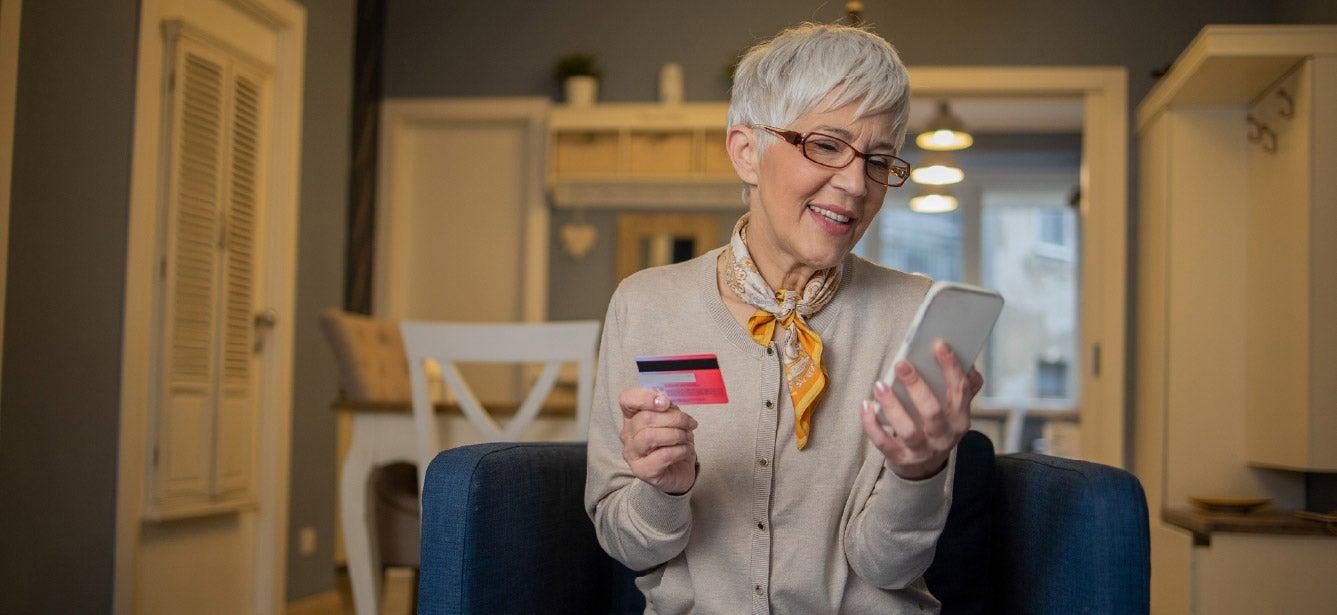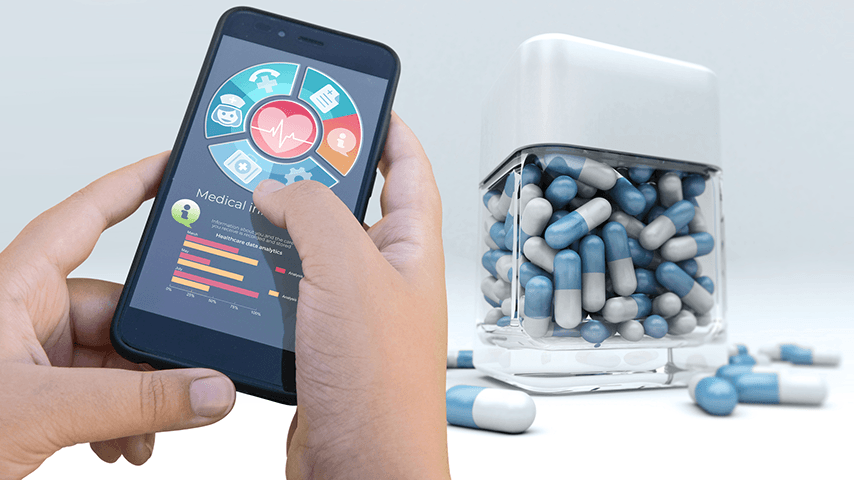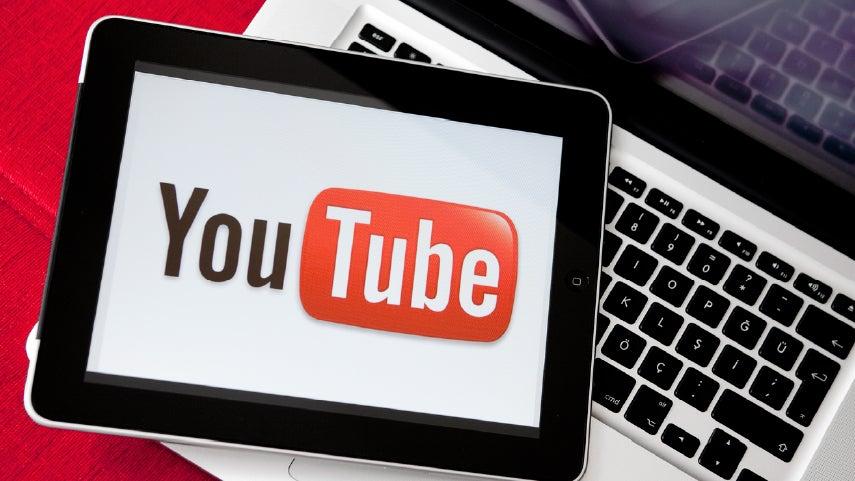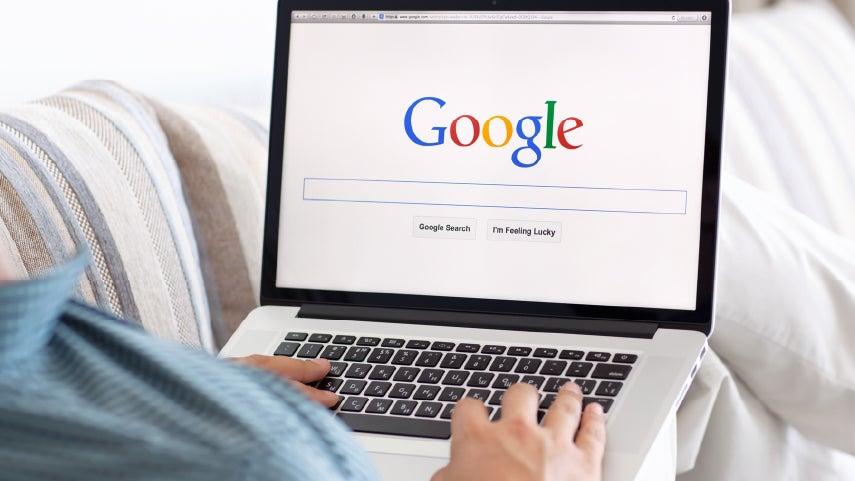Technology Resources
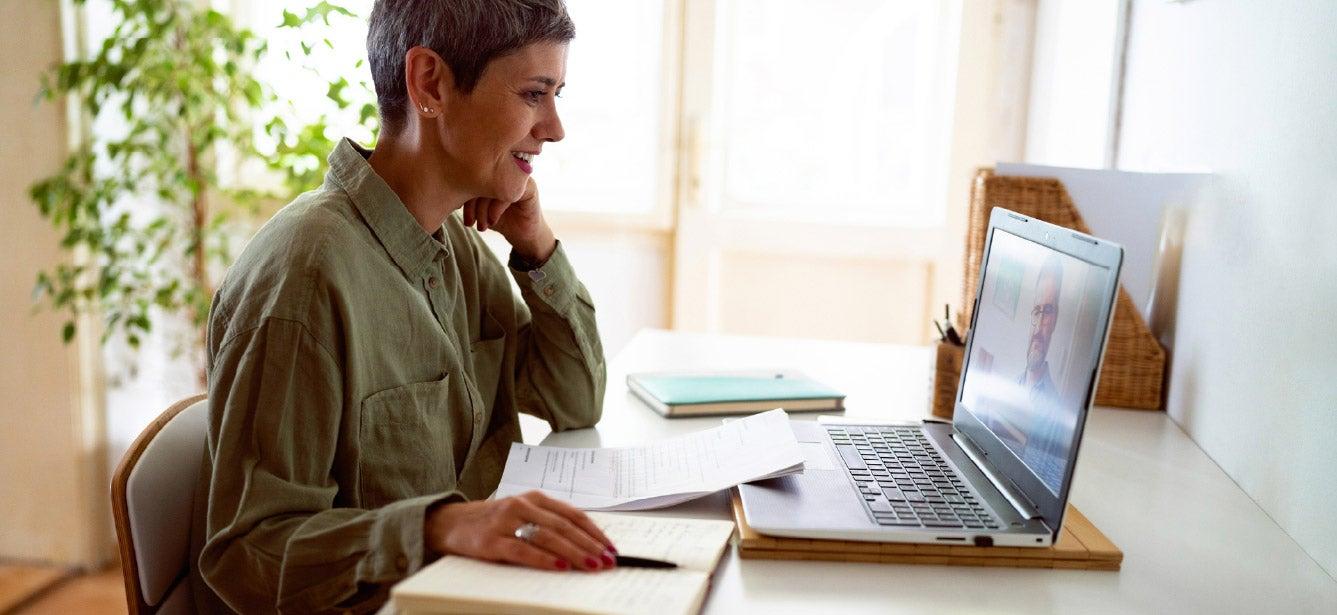
Technology Resources Funded by
Master More Tech Fundamentals
Find more online courses to gain confidence and improve your tech skills through AT&T Connected Learning℠.
Medical Alert Systems
Having a medical alert system can help bring peace of mind to you or someone you care for. Here's a roundup of our most recommended brands.
Top 5 Financial Scams Targeting Older Adults
Financial scams targeting older adults can be devastating, leaving you in a vulnerable position and without time to recoup your losses. Learn how to identify and stop the top 10 financial scams.


